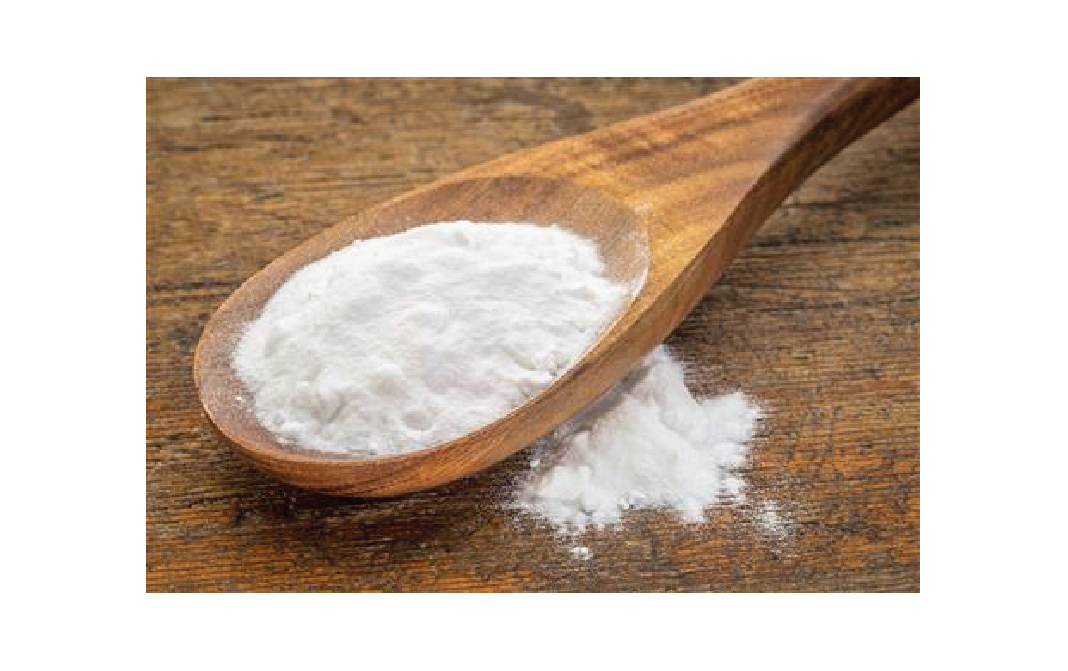


Maltodextrin is high in glycemic index (GI), hence it can cause a spike in the blood sugar levels. It’s best to consume it in very small amounts, while it should be avoided by diabetics.(1) Maltodextrin may cause allergic reactions like rash or skin irritation, asthma, cramping, or difficulty in breathing.(2) Maltodextrin tends to suppress probiotics which adversely affect the gut health and may lead to intestinal damage. Studies suggest that maltodextrin increases the activity of Escherichia coli bacteria, which causes inflammatory bowel diseases like Crohn's disease. It also aids the survival of Salmonella bacteria, which may result in gastroenteritis. Maltodextrin may also reduce the ability of cells to respond to bacteria, thus suppressing the intestine's defense mechanisms, leading to intestinal disorders.(3)
- Disclaimer
"Information here is provided for discussion and educational purposes only. It is not intended as medical advice or product or ingredient review/rating. The information may not apply to you and before you use or take any action, you should contact the manufacturer, seller, medical, dietary, fitness or other professional. If you utilize any information provided here, you do so at your own risk and you waive any right against Culinary Communications Private Limited, its affiliates, officers, directors, employees or representatives.”
Description
Maltodextrin alternatively known as “hydrolyzed cereal solids”, is usually starch-conversion products that considerably have a small amount of maltose and dextrose. These maltodextrins are produced from starch, which usually happens to be corn. Under the very process of its production, the ones that are picked happens to be the purest form of carbohydrate, henceforth they are cooked or pasted to open up into a granule and then they are hydrolyzed. Moreover, products can also be made by hydrolyzing with acid or enzymes or with the amalgamation of both acid and enzymes. They are available in white powdered form. Albeit, maltodextrins are usually used in chewable-tablet formation, while their modified forms are also in tablet-coating formulations. They are highly used in the food industry as a moisture conditioner, a crystallization inhibitor, a food plasticizer, a stabilizer, carrier, and a bulking agent. Maltodextrin is gluten-free, since its production process completely removes the gluten part of wheat or barley, resulting in gluten-free maltodextrin. They have a calorific value of 4 kcal/g. However, it has no nutritive value.